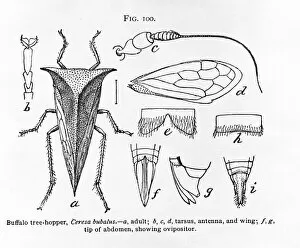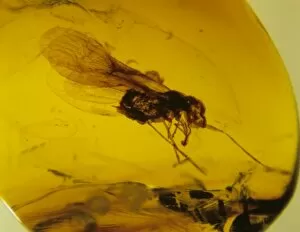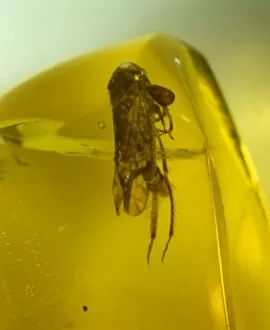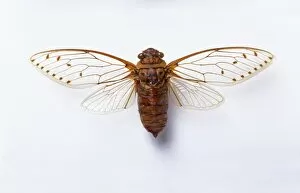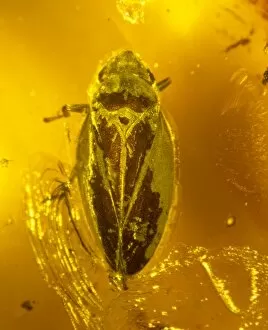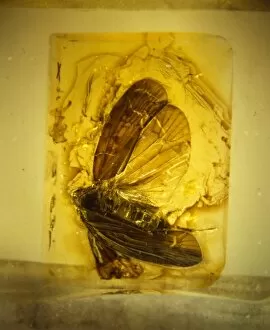Free Living Hemipteran Collection
Discover the fascinating world of free living hemipterans. 🐛✨ From the peculiar Fulgora laternaria, also known as the peanut head bug, to the majestic Fig 100
All Professionally Made to Order for Quick Shipping
Discover the fascinating world of free living hemipterans. 🐛✨ From the peculiar Fulgora laternaria, also known as the peanut head bug, to the majestic Fig 100. Ceresa bubalus, or buffalo tree-hopper, these insects never cease to amaze with their unique features and vibrant colors. 🌈🐜 Take a closer look at the Alaruasa violacea, a tailed wax bug that shines like a precious gem in its natural habitat. Or marvel at the preserved beauty of ancient creatures such as the planthopper bug found in Mexican amber and leafhoppers trapped in Dominican amber. These tiny wonders provide us with glimpses into prehistoric times. Not all bugs are created equal – some belong to the Auchenorrhynchan family, making them true bugs with extraordinary adaptations for survival. One example is Poponia merula, an enchanting cicada species that serenades us with its melodious songs during warm summer days. Another variation is Pomponia merula, another captivating cicada that captivates our senses. Travel back millions of years through time by examining froghoppers encased in amber or planthopper bugs perfectly preserved within Baltic amber. These incredible specimens allow us to witness nature's artistry frozen forever. Join us on this enthralling journey through diverse landscapes inhabited by free living hemipterans – where every step reveals new surprises and hidden treasures waiting to be discovered.


